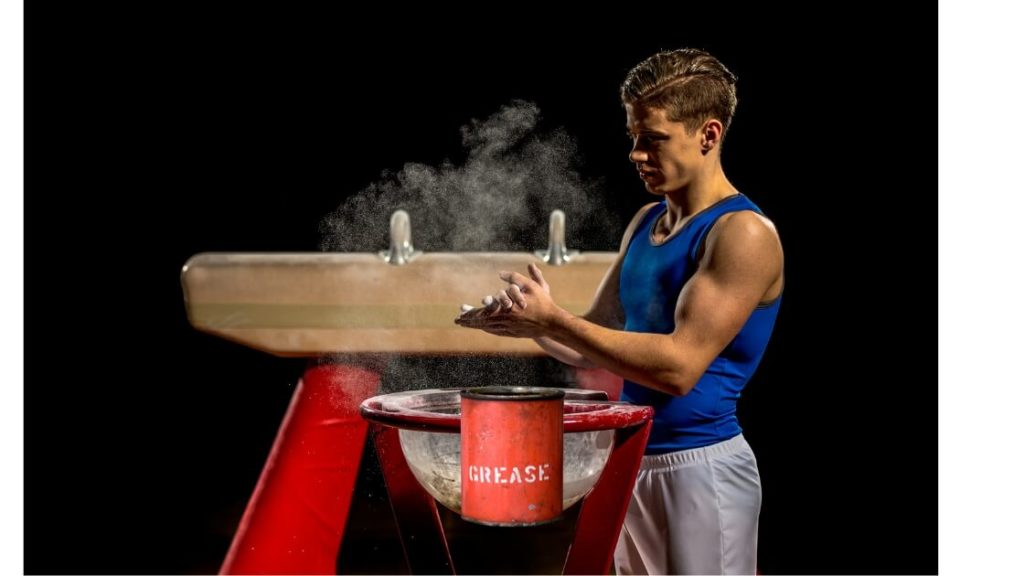What is Grease the Groove and the Massive Benefits of GtG Training?
A former Soviet special forces instructor and strength coach called Pavel Tsatsouline introduced the concept of “Grease the Groove” or GtG in his 1999 book “Power to the People!: Russian Strength Training Secrets for Every American”.

Grease the Groove is a great way to overcome your training plateau
Grease the groove is a workout technique that optimizes the neurological “groove” of an exercise by producing maximal neurological adaptations to the movement being performed. The idea is that by increasing the frequency of training and decreasing the intensity you will be able to complete higher volume with less fatigue. This way you will stimulate your muscles differently than during normal training and as a result, you will get stronger.
In simple terms, it means that you perform a single exercise in multiple sets throughout the day while you never fully exhaust your muscles during one set. You achieve this by increasing the rest time between sets and decreasing the number of reps per set – never training to failure.
It’s important to note that GtG does not replace your workouts. It’s a training method focused on one specific exercise that you do in addition to your training plan. While it should not interrupt your training plan you will need to make some adaptations to balance recovery after workout and freshness for your GtG practice. Otherwise, it neither will be effective.
When to use Grease the Grove?
If you feel you are plateaued and stopped improving at an exercise, then the grease the groove method might be able to provide the necessary push to your body to get you unstuck so you can increase the number of reps or hold time.
If you are bored with your regular workout routine then incorporating grease the groove is a great method to bring something new to your training and rekindle your motivation.
How to Grease the Groove?
You can use this training method for both isotonic and isometric exercises. Always choose only one exercise at a time for which you want to use this technique. Before jumping into it it’s a good idea to know your maximum hold time or max repetition count for this specific exercise. On Day 0 I recommend doing a test so you know your starting point. It’s important because you will determine the number of reps for the GtG based on the test and you will see how much you improved when you re-test at the end of the program.
The best way to grease the groove is to do 4-6 sets per day, 4-6 days per week at 50-80% intensity of your maximum hold time or rep count for 5-8 weeks. Below is an example of a training plan targeted at increasing pull-up strength from 10 repetitions.
If you want to learn how to choose the best pull up bar make sure to check out our post about it.

Feel free to move within the recommended ranges the way it suits you best. The above example is just one way you can design your grease the groove training. You could increase the intensity by 1% for each training or 5% weekly. It is also a good idea to play around with the rest time between sets to see what works for you. If you will continue with your regular training I’d recommend staying at the lower end of the ranges so you don’t compromise your progress.
How often should you grease the groove?
In order to be effective you should grease the groove for at least 4 days per week and at least 4 sets per day. I wouldn’t recommend doing GtG every day of the week. Leave at least one day of rest per week.
Does Grease the Groove build muscle?
The optimal training for targeting hypertrophy is in the rep ranges between 8-12. The ideal intensity for muscle growth is to reach muscle failure within this range. Grease the groove is not the best technique for muscle growth since the whole point of GtG is not to train until failure. With that said, as with any training, also with grease the groove you are stimulating your muscles and increasing your training volume so you will get stronger and possibly can also add muscle mass but it is not the most optimal training method for that sole purpose.
Written by: Andy Toth
Andy is the founder of calisthenics.com and he writes about topics related to strength and hypertrophy training.
Andy has over 15 years of experience in calisthenics and before that he spent 8 years practicing and later coaching martial arts (Kyokushin karate). Besides bodyweight strength training he enjoys Olympic weightlifting and cycling. He tries to stay active every day and rides an average 5000 miles per year.
Written by: Andy Toth
Andy is the founder of calisthenics.com and he writes about topics related to strength and hypertrophy training. Andy has over 15 years of experience in calisthenics and before that he spent 8 years practicing and later coaching martial arts (Kyokushin karate). Besides bodyweight strength training he enjoys Olympic weightlifting and cycling. He tries to stay active every day and rides an average 5000 miles per year.






